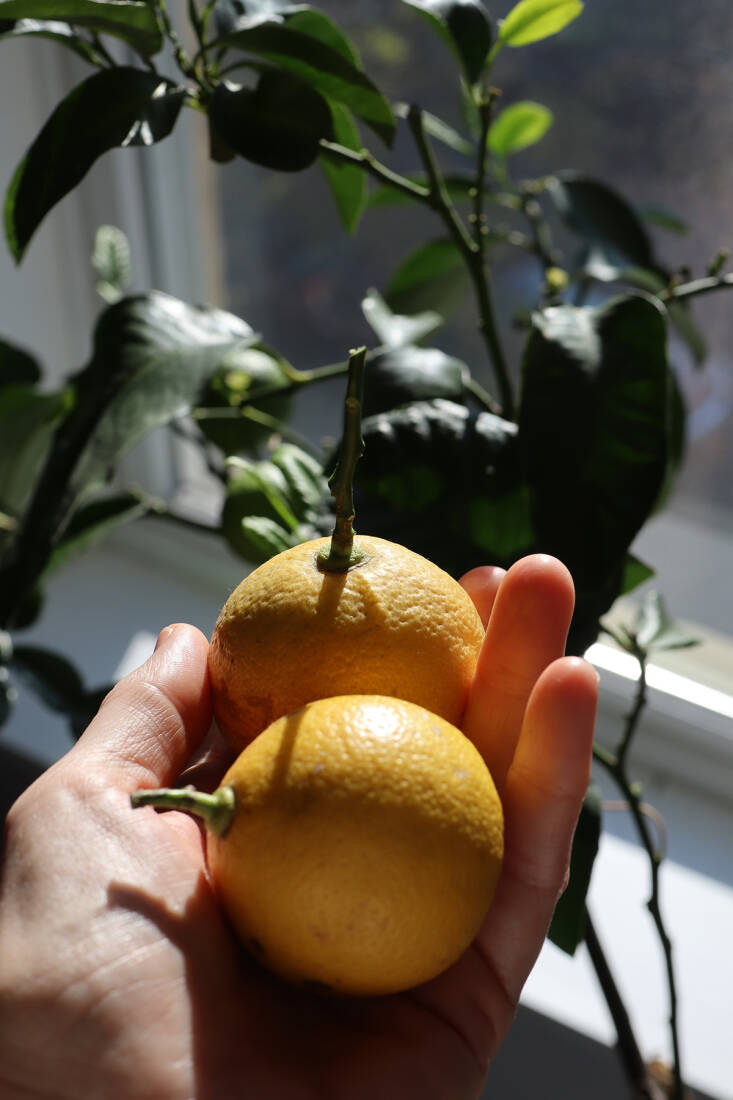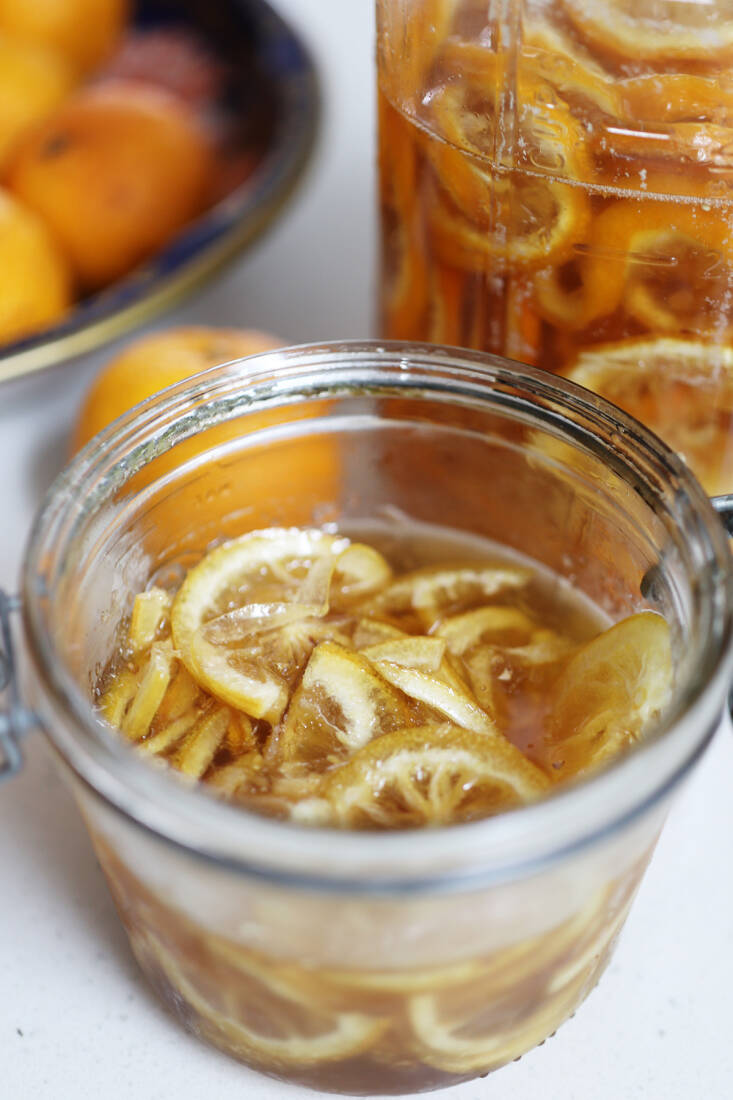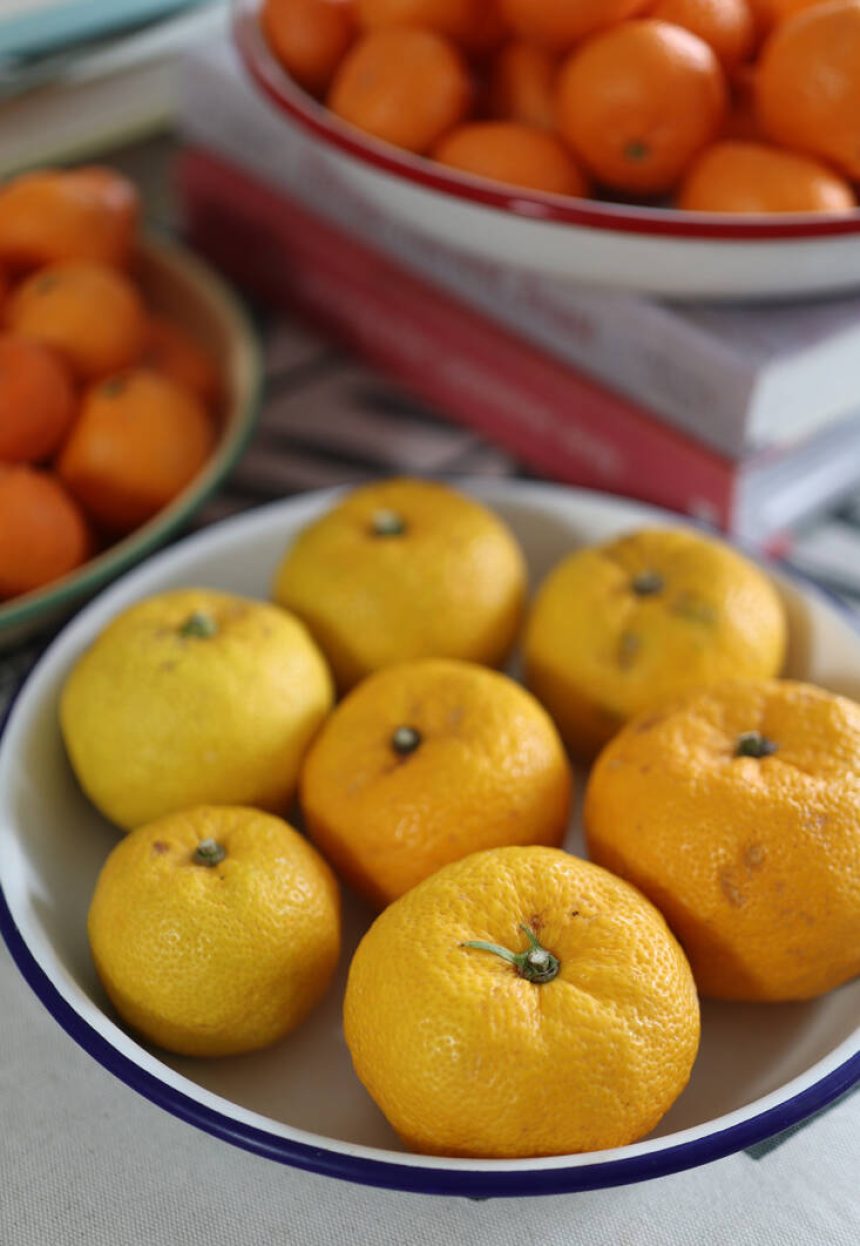Floral and bright, the scent of yuzu, a small citrus fruit with aromatic skin and little juice, is unique. If you could inhale the uplifting aroma released by an opened jar of the yuzu syrup that I make every winter, you might agree that preserving this seasonal citrus to enjoy through the year is a way of bottling optimism. A spoonful of yuzu syrup stirred into chilled seltzer or into a cup of steaming-hot water releases that happy aroma and allows you to pause for the few minutes it takes to sip your drink. The technique for making it is easy. It’s just yuzu, sugar, and time.
The complex result is referred to as yuzu marmalade (transliterated as yuja-cheong in Korean), and when it is steeped in hot water it becomes yuzu tea (yuja-cha, or yuzu cha, in Japanese), whose reputation is as a therapeutic tonic (but that doesn’t mean you can’t drizzle it over ice cream…).
Here’s how to make it.
Photography by Marie Viljoen.
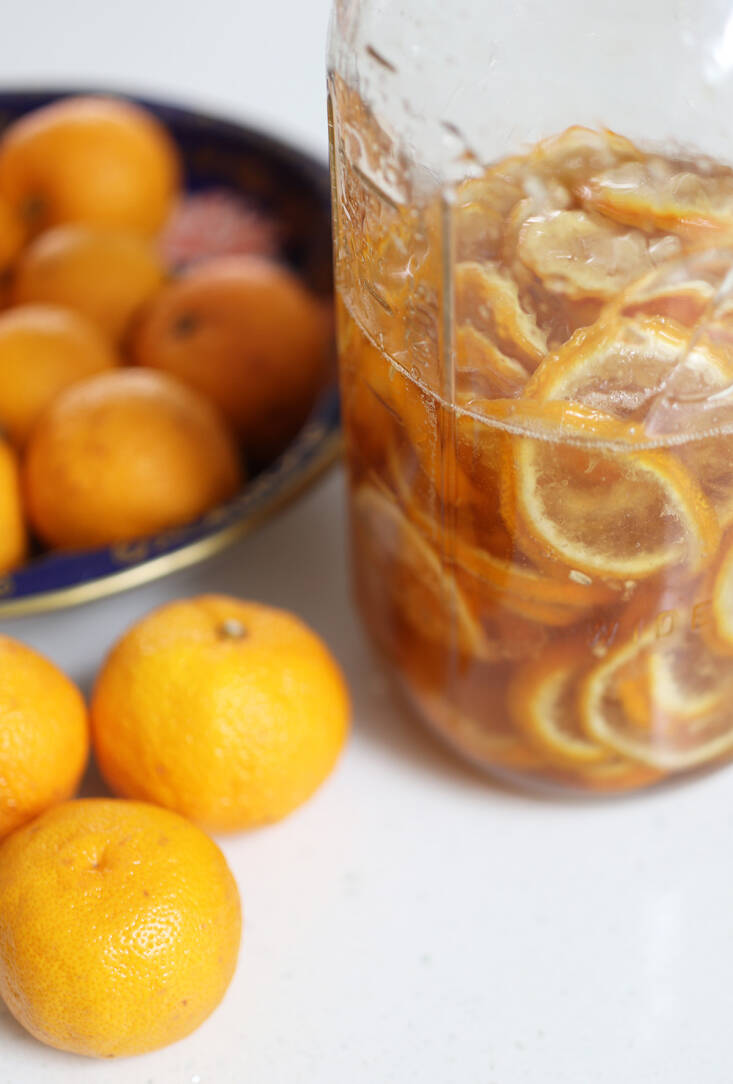
No water is added in this syrup-making technique: Sugar draws out the moisture from whatever it is combined with, and the result is a flavor that is intense and concentrated. I don’t view these large quantities of sugar (equal volumes of sugar and fruit) with alarm. Sugar is an outstanding natural preservative, and the finished syrup with fruit is deployed in moderation, around a tablespoonful at a time. My own yuzu syrup technique has evolved to add time to the normal fermentation period of a few days; I leave it on a countertop for up to two weeks, so there are additional probiotic benefits to it, too. Or so I tell myself.
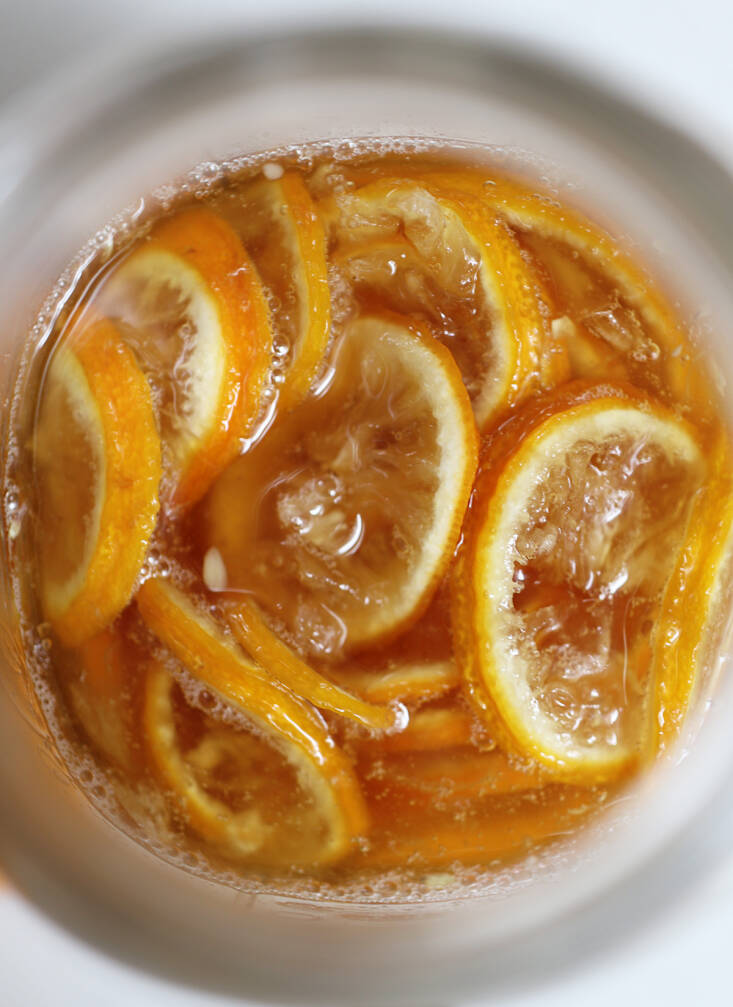
In the golden-hued syrup, the slices of yuzu turn gradually translucent, like candied citrus peel. They are a delicacy in their own right. I add them to cakes and cookies, drape them over the frosting for seasonal baked treats, chop and stir them into savory sauces, whisk them into vinaigrettes, and add the pieces of fruit to trays of roasting root vegetables. Nothing goes to waste. Even the tops and tails of the citrus are used: slivered into matchsticks they make their own syrup, slightly less juicy (because they contain no fruit segments), but powerfully flavored.
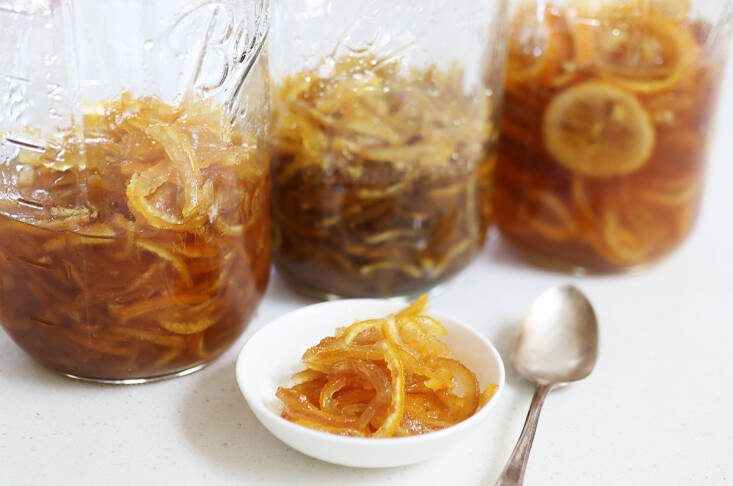
This technique (fruit layered with sugar) can be used for any aromatic citrus, such as Meyer lemons and clementines, as well as any other fruit. Once your fruit of choice has been cleaned and sliced, and combined with sugar, all you have to do is shake the jar, and wait. Soon, you have that scented syrup. It is more than a little magical.
For a late spring version of this syrup method, see our Ground Ivy and Strawberry Cordial recipe.
